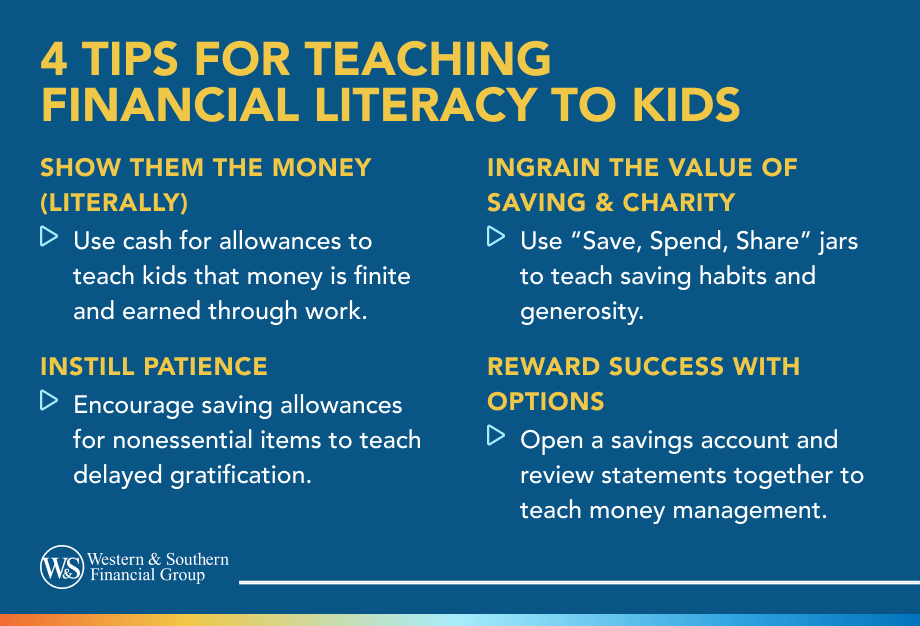

Table of Contents
Key Takeaways
- The debt snowball and debt avalanche are strategies to reduce existing debt, with the snowball focusing on small debts first and the avalanche targeting high-interest debts first.
- Refinancing reduces monthly payments by lowering interest rates, while debt consolidation combines multiple debts into one for simplicity; know when to use each.
- Calculate your debt-to-income ratio by dividing total monthly debt payments by monthly income to measure financial health.
- Monitor credit reports and scores regularly to maintain good credit and detect potential fraud.
- Determine whether debt is "good" or "bad" based on whether it goes toward appreciating assets or depreciating items you can't afford.
Think it's silly to teach financial literacy to kids? Do you think your teenagers would ace any personal finance tests? In our changing world, financial literacy is becoming more critical than ever. Many parents wonder how they can start teaching kids about money, especially in an age when most transactions are digital. Here are tips that could help your children build financial literacy for lifelong financial health.
1. Show Them the Money (Literally)
Virtual transactions are so common that some kids think money isn't real. The lack of actual bills and coins misleads them into believing money is always available for the asking. Show your children physical money and explain how a bank keeps your family's funds in an account.
To further cement the concept, you could offer your children allowances for the completion of age-appropriate household chores. Consider paying the allowances in actual cash rather than with toys or through virtual transactions.
2. Instill Patience
We all know parents who give their children just about anything they want - toys, electronics, clothes, etc. But it may be better to teach kids to be patient and save up for items they want.
You may insist your children save their allowances for toys and other nonessential items. Such a system can help kids grow into financially literate adults. As children age, parents can slowly allow them to manage their own money and accounts independently.
3. Ingrain the Value of Saving & Charity
Parents can also teach kids about saving and charity. One strategy is to give young children three jars or containers labeled "Save," "Spend" and "Share" starting at age 3–5. Divide money among three jars for donations, spending, and saving.
4. Reward Success With Options
When your child begins to grasp financial literacy and manage their money well, you can expand their financial options. Even if your child is in elementary school, that isn't too young to establish a savings account for him or her.
- Set up a bank account. Your child will hear you discuss options and responsibilities with the bank officer and see the funds move from your hands into those of the bank.
- Review the savings account report. Each month, discuss with your child about interest, deposits and other points. If your child has developed solid financial literacy by their teenage years, consider allowing them to open a credit card account.
- Consider prepaid credit cards. They work just like regular credit cards but help to ensure your child won't spend their way into debt. And getting a handle on their money could also help as he or she makes their way to college.
Finances have changed dramatically in just the past decade, but solid financial literacy never goes out of style. Teaching kids about money is one way to help ensure they have stable financial futures ahead. You can start with these tips to help prepare your children for a financially healthy adult life.














